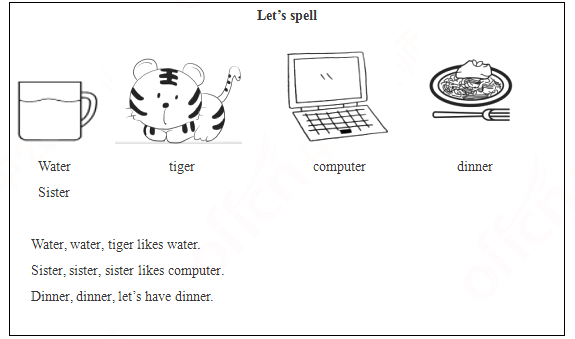第1题:
A、individually
B、exclusively
C、approximately
D、supposedly
第2题:
第3题:
To which of the following statements would McWhorter most likely agree?
[A] Logical thinking is not necessarily related to the way we talk.
[B] Black English can be more expressive than standard English.
[C] Non-standard varieties of human language are just as entertaining.
[D] Of all the varieties, standard English can best convey complex ideas.
第4题:


第5题:
第6题:
第7题:
第8题:
To be a good teacher, you need some of the gifts of a good actor; you must be able to hold the attention and interest of your students; you must be a clear speaker, with a good, strong, pleasing voice which is fully under you control; and you must be able to act what you are teaching, in order to make its meaning clear. Watch a good teacher, and you will see that he does not move motionless before his class; he stands the whole time he is teaching; he walks about, using his arms, hands and fingers to help him in his explanation, and his face to express his feeling. Listen to him, and you will hear the loudness, the quality and musical note of his voice always changing according to what he is talking about. The fact that a good teacher has some of the gifts of a good actor doesn't mean he will indeed be able to act well on the stage, for there are very important differences between the teacher's word and the actor's. The actor has to speak words which has been learnt by heart, he has
1、A good teacher ______.
A、knows how to hold the interest of his students
B、must have a good voice
C、knows how to act on the stage
D、stands or sits motionless while teaching
2、In what way is a teacher''s work different from an actor''s? ( )
A、The teacher must learn everything by heart.
B、He knows how to control his voice better than an actor.
C、he has to deal with unexpected situations.
D、 He has to use more facial expressions.
3、The main difference between students in class and theatre audience is that ( ).
A、students can move around in the classroom
B、students must keep silent while theatre audience
C、no memory work is needed for the students
D、the students must take part in their teachers' plays
第9题:


第10题:

